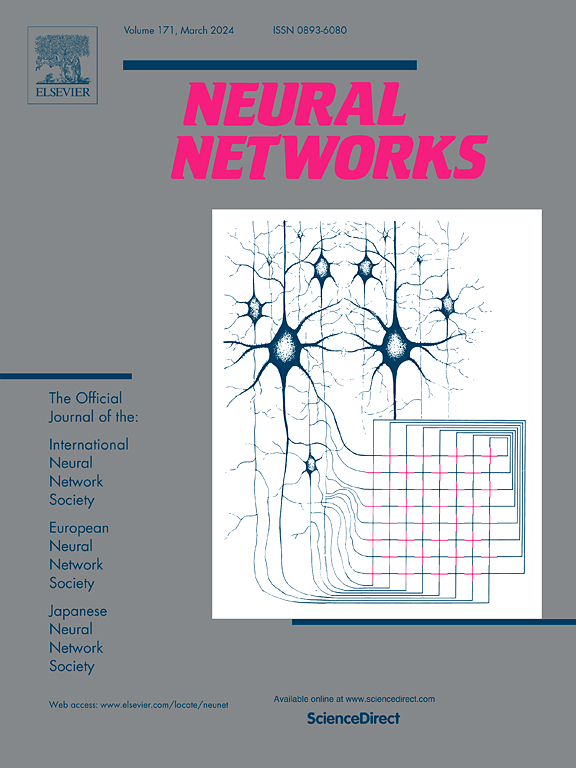Bayesian inverse problems with conditional Sinkhorn generative adversarial networks in least volume latent spaces
IF 6
1区 计算机科学
Q1 COMPUTER SCIENCE, ARTIFICIAL INTELLIGENCE
引用次数: 0
Abstract
Solving inverse problems in scientific and engineering fields has long been intriguing and holds great potential for many applications, yet most techniques still struggle to address issues such as high dimensionality, nonlinearity and model uncertainty inherent in these problems. Recently, generative models such as Generative Adversarial Networks (GANs) have shown great potential in approximating complex high dimensional conditional distributions and have paved the way for characterizing posterior densities in Bayesian inverse problems, yet the problems’ high dimensionality and high nonlinearity often impedes the model’s training. In this paper we show how to tackle these issues with Least Volume—a novel unsupervised nonlinear dimension reduction method—that can learn to represent the given datasets with the minimum number of latent variables while estimating their intrinsic dimensions. Once the low dimensional latent spaces are identified, efficient and accurate training of conditional generative models becomes feasible, resulting in a latent conditional GAN framework for posterior inference. We demonstrate the power of the proposed methodology on a variety of applications including inversion of parameters in systems of ODEs and high dimensional hydraulic conductivities in subsurface flow problems, and reveal the impact of the observables’ and unobservables’ intrinsic dimensions on inverse problems.
最小体积潜在空间条件Sinkhorn生成对抗网络的贝叶斯反问题。
长期以来,在科学和工程领域求解逆问题一直是一个有趣的问题,并且在许多应用领域具有巨大的潜力,然而大多数技术仍然难以解决这些问题固有的高维性、非线性和模型不确定性等问题。近年来,生成对抗网络(GANs)等生成模型在逼近复杂的高维条件分布方面显示出巨大的潜力,并为表征贝叶斯反问题的后验密度铺平了道路,但问题的高维性和高非线性往往阻碍了模型的训练。在本文中,我们展示了如何用最小体积来解决这些问题,这是一种新颖的无监督非线性降维方法,它可以学习用最小数量的潜在变量来表示给定的数据集,同时估计它们的内在维数。一旦低维潜在空间被识别,条件生成模型的有效和准确训练就变得可行,从而产生用于后验推理的潜在条件GAN框架。我们展示了所提出的方法在各种应用中的力量,包括在ode系统中的参数反演和在地下流动问题中的高维水力导率,并揭示了可观察和不可观察的内在维度对反演问题的影响。
本文章由计算机程序翻译,如有差异,请以英文原文为准。
求助全文
约1分钟内获得全文
求助全文
来源期刊

Neural Networks
工程技术-计算机:人工智能
CiteScore
13.90
自引率
7.70%
发文量
425
审稿时长
67 days
期刊介绍:
Neural Networks is a platform that aims to foster an international community of scholars and practitioners interested in neural networks, deep learning, and other approaches to artificial intelligence and machine learning. Our journal invites submissions covering various aspects of neural networks research, from computational neuroscience and cognitive modeling to mathematical analyses and engineering applications. By providing a forum for interdisciplinary discussions between biology and technology, we aim to encourage the development of biologically-inspired artificial intelligence.
 求助内容:
求助内容: 应助结果提醒方式:
应助结果提醒方式:


